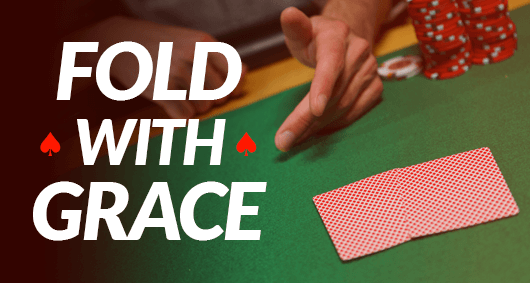
Poker is a game of relative strength. We are not trying to make the strongest hand possible, we are trying to beat the other players that are in the pot at showdown. When I see players get excited about a hand that is strong in an absolute sense, like a full house, but very weak on the given board, I know they just don’t get it.
Here is a made-up example that shows that we want relative strength, not absolute strength.
We have 22 and flop 2AA. What a flop. We have the third nuts with Deuces full of Aces. We bet and get check-raised. This is great news, we really think the other player has trip Aces and we are looking forward to stacking him.
The turn is a third Ace. Our absolute hand strength improved from Deuces full of Aces to Aces full of Deuces. We don’t feel really great about our hand any more do we? It is hard to count how far down the hand ranking ladder our hand fell since now any Ace or pair beats us.
Wait, it gets worse.
The river is the fourth Ace. We have Quads. In an absolute sense, we just improved again. The board is AA2AA and we hold 22 for quads. How are we feeling about our hand now? We have the stone low with quads.
What a fall from grace. That is the importance of relative and absolute strength.
I was thinking about this topic as I am wrapping up the first draft of the sequel to Poker Plays You Can Use. There is no release date planned yet, but I have 49 chapters written in the same style as the original and all new missions for studying off table. These missions are the “homework” that people often ask me for in coaching.
Enjoy this preview chapter. Just so you know, the symbols I use in the book:

Going across:
- Questionable bet size
- Capped hand strength
- 2 of 4 difficulty
- Thin value
- Hand reading

